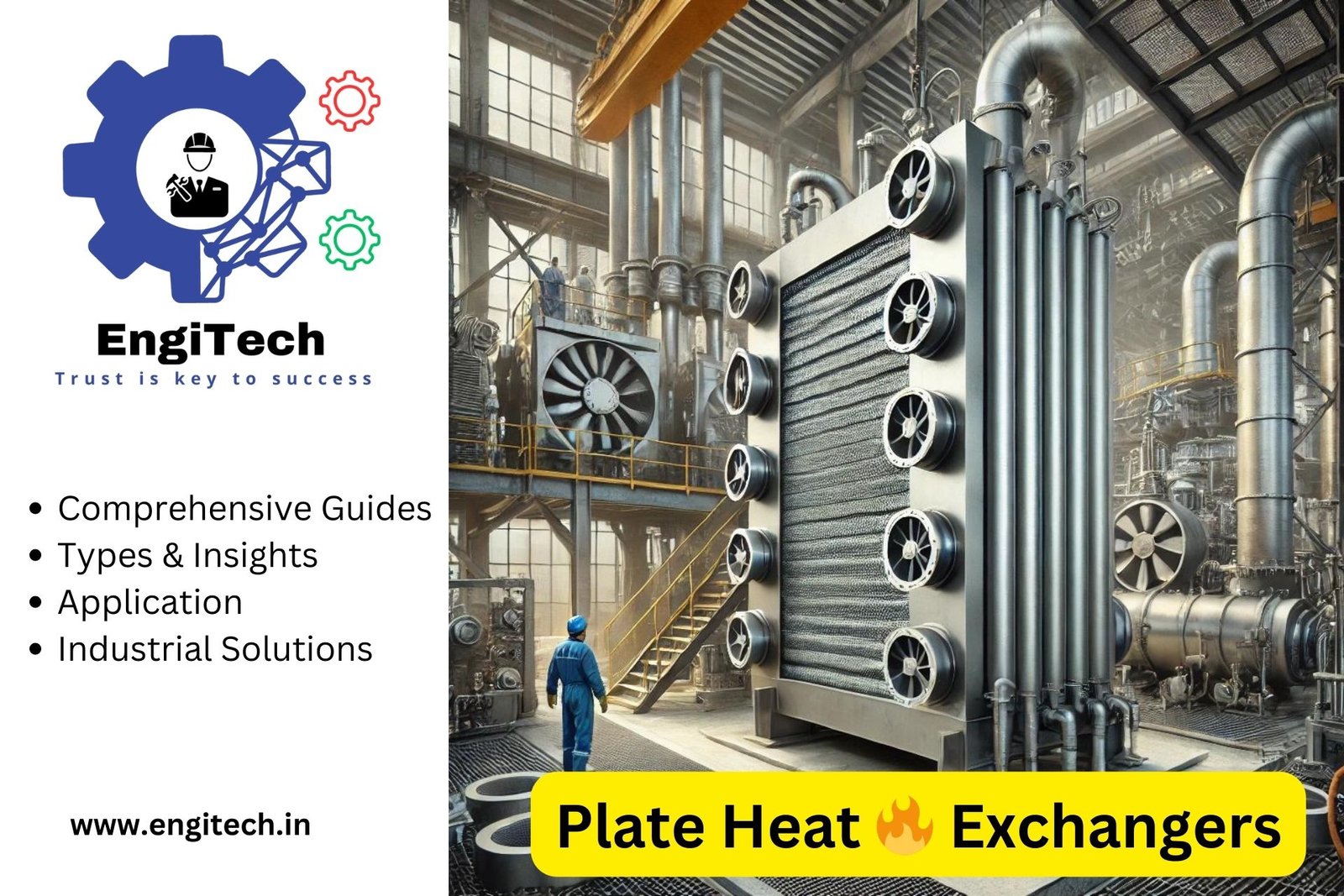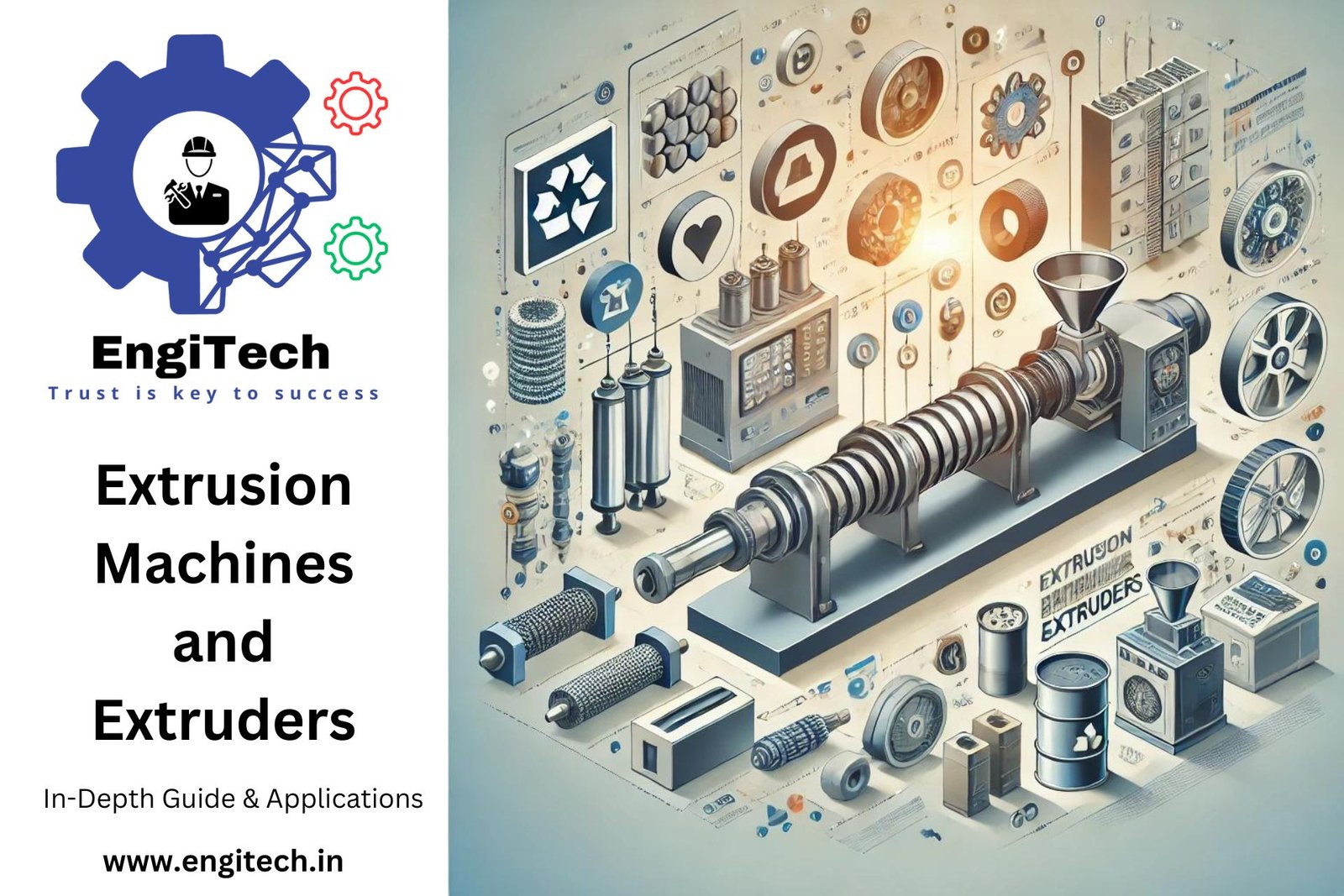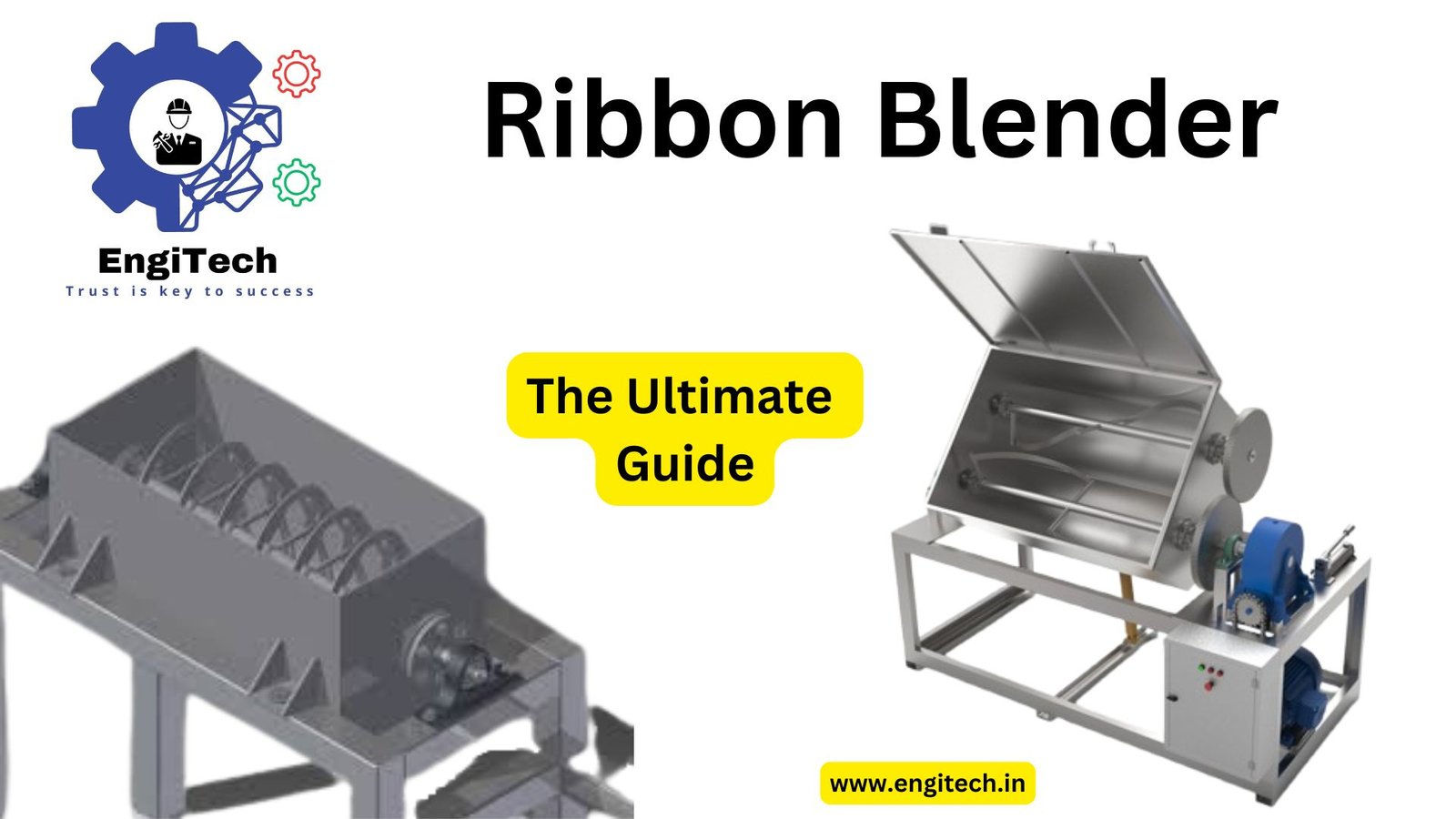Plate Heat Exchangers: A Comprehensive Guide

Plate heat exchangers (PHEs) are crucial components in various industries, renowned for their efficiency and compact design. These devices transfer heat between fluids through a series of thin, corrugated metal plates. This detailed guide explores the workings, types, applications, advantages, and maintenance of plate heat exchangers. We aim to provide a thorough understanding of these versatile and efficient heat transfer devices.
Table of Contents
Introduction to Plate Heat Exchangers
Plate heat exchangers facilitate the efficient transfer of heat between two fluids without allowing them to mix. They consist of multiple, thin plates that create channels for the fluids to flow through. The plates are arranged in such a way that the fluids flow in alternate channels, promoting efficient heat transfer through conduction.
How Plate Heat Exchangers Work
The working principle of plate heat exchanger revolves around maximizing the surface area available for heat transfer. As fluids flow through the channels created by the plates, heat from the hotter fluid transfers through the metal plates to the cooler fluid. The corrugated design of the plates increases turbulence, enhancing the efficiency of heat transfer.
Each plate in the exchanger has a gasket, which seals the fluid channels and directs the flow. The gaskets also prevent the fluids from mixing. By arranging the plates in a counter-flow configuration, where the fluids flow in opposite directions, plate heat exchangers achieve higher heat transfer rates and greater efficiency.
Types of Plate Heat Exchangers
There are several types of plate heat exchangers, each designed for specific applications and requirements. The main types include:
1. Gasketed Plate Heat Exchangers
Gasketed plate heat exchangers use elastomeric gaskets to seal the plates and direct the flow of fluids. These gaskets are removable, allowing for easy cleaning, maintenance, and reconfiguration. Gasketed PHEs are commonly used in industries where regular maintenance is required.
2. Brazed Plate Heat Exchangers
Brazed plate heat exchanger consist of plates that are permanently joined using a brazing process. They do not require gaskets, making them compact and leak-proof. These exchangers are suitable for applications involving high temperatures and pressures, such as HVAC systems and refrigeration.
3. Welded Plate Heat Exchangers
Welded plate heat exchangers have plate welded together, eliminating the need for gaskets. They can handle aggressive fluids and high pressures, making them ideal for chemical processing and oil refining. However, welded PHEs are less flexible when it comes to maintenance and cleaning.
4. Semi-Welded Plate Heat Exchangers
Semi-welded plate heat exchangers combine features of gasketed and welded PHEs. The plates are welded in pairs, with gaskets used between the pairs. This design allows for handling aggressive fluids on one side while keeping the other side accessible for maintenance.
5. Microplate Heat Exchangers
Microplate heat exchanger feature plates with micro-grooves, which enhance heat transfer efficiency and reduce the risk of fouling. These exchangers are particularly useful in applications where compactness and efficiency are critical, such as in automotive and refrigeration systems.
Applications of Plate Heat Exchangers
Plate heat exchangers are versatile and find applications in a wide range of industries due to their efficiency and adaptability. Some common applications include:
1. HVAC Systems
In heating, ventilation, and air conditioning (HVAC) systems, plate heat exchangers transfer heat between air and water or refrigerant. They help regulate indoor temperatures, providing energy-efficient heating and cooling solutions.
2. Food and Beverage Industry
Plate heat exchanger play a vital role in the food and beverage industry, where they pasteurize, sterilize, and cool products. Their ability to handle delicate fluids and maintain hygiene standards makes them indispensable in this sector.
3. Chemical Processing
In chemical processing, plate heat exchanger facilitate the heating and cooling of chemical mixtures. They handle aggressive chemicals and maintain precise temperature control, essential for safe and efficient chemical reactions.
4. Power Generation
Plate heat exchangers are used in power plants to transfer heat between fluids in various stages of the power generation process. They contribute to efficient energy conversion and heat recovery, optimizing power plant operations.
5. Pharmaceuticals
In the pharmaceutical industry, plate heat exchanger maintain the required temperatures for processes like fermentation, crystallization, and purification. Their precision and reliability are crucial in producing high-quality pharmaceutical products.
6. Marine Applications
Plate heat exchangers are employed in marine applications for engine cooling, freshwater generation, and air conditioning. Their compact design and high efficiency make them ideal for use in confined spaces on ships and offshore platforms.
Advantages of Plate Heat Exchangers
Plate heat exchanger offer several advantages over other types of heat exchangers, making them a popular choice in various industries:
1. High Efficiency
The large surface area provided by the plates and the corrugated design enhance heat transfer efficiency. This allows plate heat exchangers to achieve high thermal performance with a compact footprint.
2. Compact Design
Plate heat exchangers are more compact than shell and tube heat exchangers, making them suitable for installations with space constraints. Their modular design also allows for easy expansion or modification.
3. Flexibility
The modular nature of plate heat exchanger enables easy reconfiguration and maintenance. Users can add or remove plates to adjust the capacity or clean the equipment as needed.
4. Low Fouling Risk
The high turbulence created by the corrugated plates reduces the risk of fouling, ensuring efficient operation over a longer period. This is particularly beneficial in applications involving fluids with suspended solids.
5. Cost-Effectiveness
Plate heat exchangers are cost-effective due to their high efficiency, compact design, and lower maintenance requirements. They offer a lower total cost of ownership compared to other heat exchanger types.
6. Hygienic Design
In industries where hygiene is critical, such as food and beverage and pharmaceuticals, plate heat exchangers provide a clean and sanitary solution. The smooth surfaces and easy-to-clean design help maintain high hygiene standards.
Maintenance and Troubleshooting of Plate Heat Exchangers
Regular maintenance is crucial for ensuring the optimal performance and longevity of plate heat exchanger. Proper maintenance involves periodic inspection, cleaning, and replacement of gaskets or plates if necessary.
1. Inspection
Routine inspections help identify signs of wear, corrosion, or damage. Operators should check for leaks, gasket integrity, and the condition of the plates. Early detection of issues can prevent more significant problems and costly downtime.
2. Cleaning
Cleaning is essential to prevent fouling and maintain heat transfer efficiency. Depending on the application, operators can use chemical cleaning, mechanical cleaning, or a combination of both. Gasketed PHEs can be easily disassembled for thorough cleaning.
3. Gasket Replacement
Gaskets are crucial components that seal the fluid channels in gasketed plate heat exchangers. Over time, gaskets may degrade due to chemical exposure, temperature fluctuations, or mechanical stress. Regular replacement ensures a proper seal and prevents leaks.
4. Plate Replacement
In cases where plates are damaged or corroded, replacing them is necessary to maintain performance. Operators should ensure that replacement plates are compatible with the existing system and materials of construction.
5. Troubleshooting Common Issues
Operators may encounter common issues such as leaks, reduced heat transfer efficiency, or pressure drops. Addressing these issues promptly requires identifying the root cause, which could involve inspecting gaskets, cleaning the plates, or checking for mechanical damage.
Technological Advancements in Plate Heat Exchangers
Advancements in technology continue to enhance the performance and capabilities of plate heat exchangers. Innovations in materials, design, and manufacturing processes have led to the development of more efficient and reliable PHEs.
1. Advanced Materials
The use of advanced materials such as titanium, nickel alloys, and specialized coatings has improved the corrosion resistance and durability of plate heat exchangers. These materials are particularly beneficial in applications involving aggressive chemicals or high temperatures.
2. Enhanced Plate Designs
Innovations in plate design, such as optimized corrugation patterns and micro-grooves, have increased the efficiency and capacity of plate heat exchangers. These designs enhance turbulence and heat transfer while minimizing pressure drops.
3. Compact and Lightweight Designs
Ongoing efforts to reduce the size and weight of plate heat exchangers have resulted in more compact and lightweight models. These designs are ideal for applications with limited space or where weight is a critical factor.
4. Automation and Control
The integration of automation and control systems allows for real-time monitoring and optimization of plate heat exchanger performance. Advanced sensors and control algorithms help maintain optimal operating conditions, improving efficiency and reducing energy consumption.
5. 3D Printing and Additive Manufacturing
3D printing and additive manufacturing technologies have enabled the production of complex plate designs with high precision. These technologies allow for customized solutions and rapid prototyping, accelerating the development of new plate heat exchangers.
Future Trends and Developments of Plate Heat Exchangers
The future of plate heat exchanger looks promising, with ongoing research and development focused on improving efficiency, sustainability, and adaptability. Key trends and developments include:
1. Energy Efficiency and Sustainability
As industries increasingly prioritize energy efficiency and sustainability, plate heat exchangers will play a crucial role in reducing energy consumption and minimizing environmental impact. Innovations in materials and design will continue to enhance their efficiency.
2. Integration with Renewable Energy Systems
The integration of plate heat exchanger with renewable energy systems, such as solar thermal and geothermal systems, offers new opportunities for sustainable heating and cooling solutions. These systems can provide efficient and cost-effective energy transfer.
3. Digitalization and IoT
The digitalization of plate heat exchangers through the Internet of Things (IoT) and advanced data analytics will enable smarter and more efficient operations. Predictive maintenance, real-time monitoring, and optimization will become increasingly important in maximizing performance.
4. Customization and Modularization
The demand for customized and modular plate heat exchangers will grow as industries seek tailored solutions to meet specific requirements. Modular designs allow for easy scalability and flexibility in various applications.
5. Advanced Manufacturing Techniques
Advanced manufacturing techniques, such as laser welding and electron beam welding, will enhance the precision and quality of plate heat exchangers. These techniques enable the production of complex designs and improve the overall reliability of the equipment.
frequently asked questions (FAQs) about plate heat exchangers:
1. What is a plate heat exchanger, and how does it work?
- A plate heat exchanger is a device that transfers heat between two fluids using a series of thin, corrugated metal plates. The fluids flow through alternate channels created by the plates, allowing heat to transfer through the plate walls without mixing the fluids. The corrugated design increases turbulence and improves heat transfer efficiency.
2. What are the different types of plate heat exchanger?
- The main types include Gasketed Plate Heat Exchanger, Brazed Plate Heat Exchangers, Welded Plate Heat Exchangers, Semi-Welded Plate Heat Exchangers, and Microplate Heat Exchangers. Each type has specific features suitable for different applications and fluid characteristics.
3. What are the advantages of using plate heat exchangers?
- Plate heat exchangers offer high efficiency, compact design, easy maintenance, flexibility, low fouling risk, and cost-effectiveness. They provide a large surface area for heat transfer and can handle various fluids and temperatures.
4. Where are plate heat exchangers commonly used?
- Plate heat exchanger are used in HVAC systems, food and beverage processing, chemical processing, power generation, pharmaceuticals, and marine applications. They are versatile and suitable for heating, cooling, and temperature control in various industries.
5. How do I choose the right plate heat exchanger for my application?
- Selecting the right plate heat exchanger depends on factors such as the nature of the fluids, temperature range, pressure requirements, desired efficiency, and space constraints. Consulting with a specialist or using selection software can help determine the best option.
6. What materials are commonly used in plate heat exchangers?
- Plate heat exchanger are typically made from stainless steel, titanium, nickel alloys, and other materials that provide good thermal conductivity, corrosion resistance, and mechanical strength. The choice of material depends on the application’s specific needs.
7. How often should plate heat exchangers be maintained?
- Maintenance frequency depends on the application and operating conditions. Regular inspections, cleaning, and replacement of gaskets or plates are essential to ensure optimal performance. Maintenance schedules can vary, but regular intervals help prevent fouling and maintain efficiency.
8. What are the common problems with plate heat exchangers?
- Common issues include fouling, leaks, gasket degradation, and pressure drops. These problems can reduce efficiency and lead to operational disruptions. Regular maintenance and proper design can help mitigate these issues.
9. Can plate heat exchangers handle high-pressure applications?
- Yes, certain types of plate heat exchanger, such as brazed and welded plate heat exchangers, are designed to handle high-pressure applications. They are suitable for demanding environments like chemical processing and power generation.
10. How do I clean a plate heat exchanger?
- Cleaning methods vary based on the type of fouling and exchanger design. Common methods include chemical cleaning, mechanical cleaning, and flushing. Gasketed plate heat exchangers can be easily disassembled for thorough cleaning.
11. What is the difference between gasketed and brazed plate heat exchangers?
- Gasketed plate heat exchangers use removable gaskets to seal the plates and direct fluid flow, making them easy to clean and maintain. Brazed plate heat exchangers have plates permanently joined by brazing, making them compact and leak-proof, suitable for high-pressure and high-temperature applications.
12. Can plate heat exchangers be used in both heating and cooling applications?
- Yes, plate heat exchangers are versatile and can be used for both heating and cooling applications. They efficiently transfer heat between fluids, making them suitable for a wide range of industrial and commercial processes.
These FAQs provide essential information and address common queries about plate heat exchangers, helping users understand their functionality, applications, and maintenance requirements.
At EngiTech, we are dedicated to delivering expert knowledge and comprehensive insights into industrial engineering, specializing in key equipment such as plate heat exchangers, gantry cranes, and more. Our platform serves as a trusted resource for industry professionals, engineers, and business owners, offering in-depth articles, technical guides, and the latest industry trends.
Whether you’re looking to optimize your operations, enhance energy efficiency, or stay informed about the newest innovations, EngiTech.in provides the tools and information you need to succeed. Join our community of industry experts and enthusiasts, and discover how our expertise can empower your business and drive success in the ever-evolving world of industrial technology. Explore our content today and unlock the potential of cutting-edge engineering solutions.
Conclusion
Plate heat exchanger are essential components in various industries, offering efficient heat transfer solutions in a compact and versatile design. Their ability to handle a wide range of fluids and temperatures makes them ideal for applications in HVAC, food and beverage, chemical processing, power generation, and more.
With ongoing technological advancements and a growing focus on energy efficiency and sustainability, plate heat exchangers will continue to play a vital role in industrial processes. As industries evolve and new challenges arise, plate heat exchangers will adapt and innovate, providing reliable and efficient solutions for years to come.


